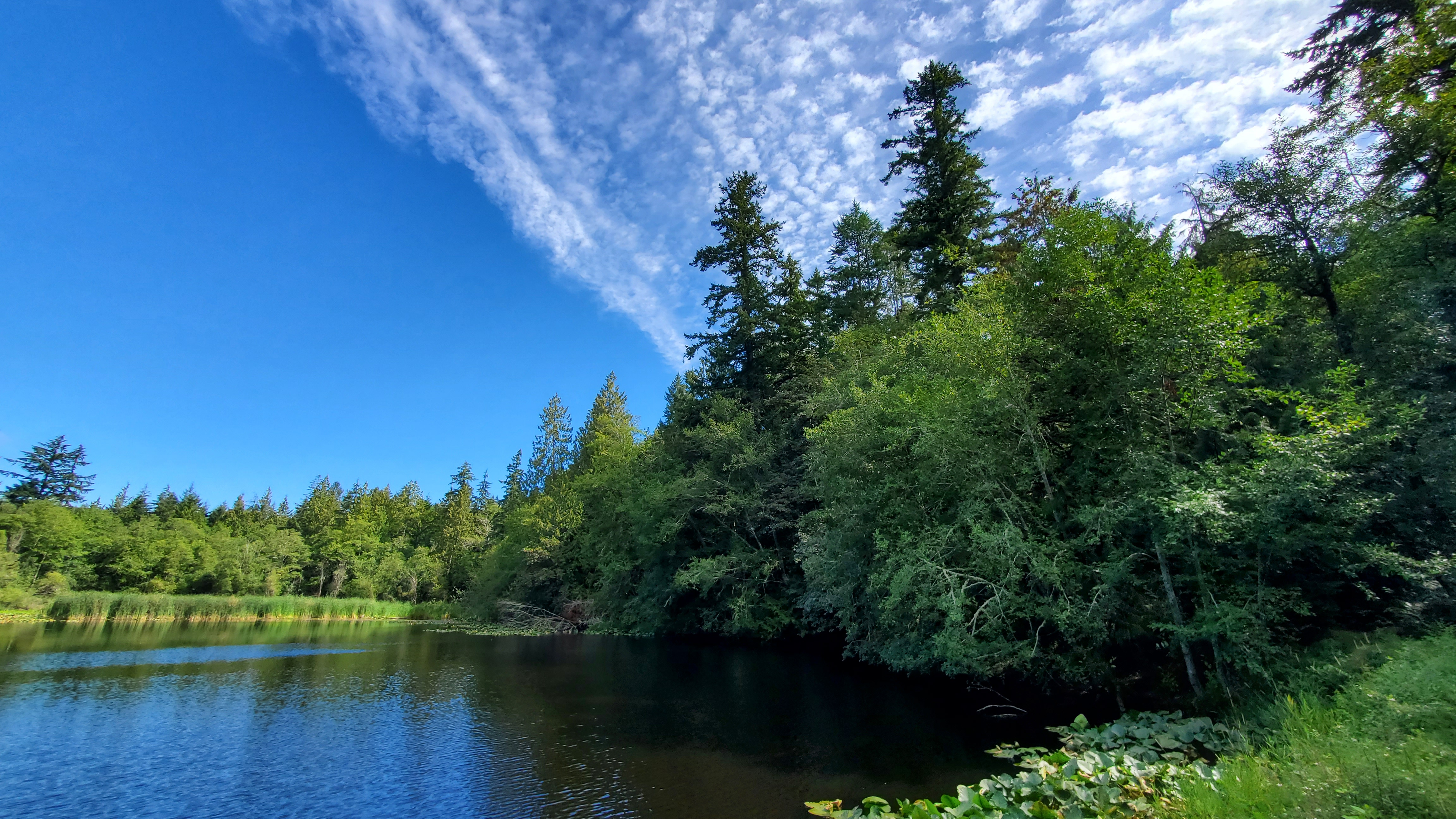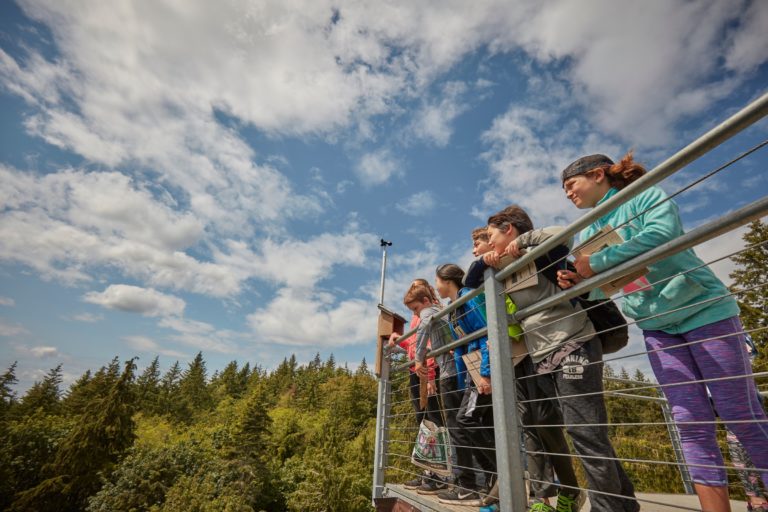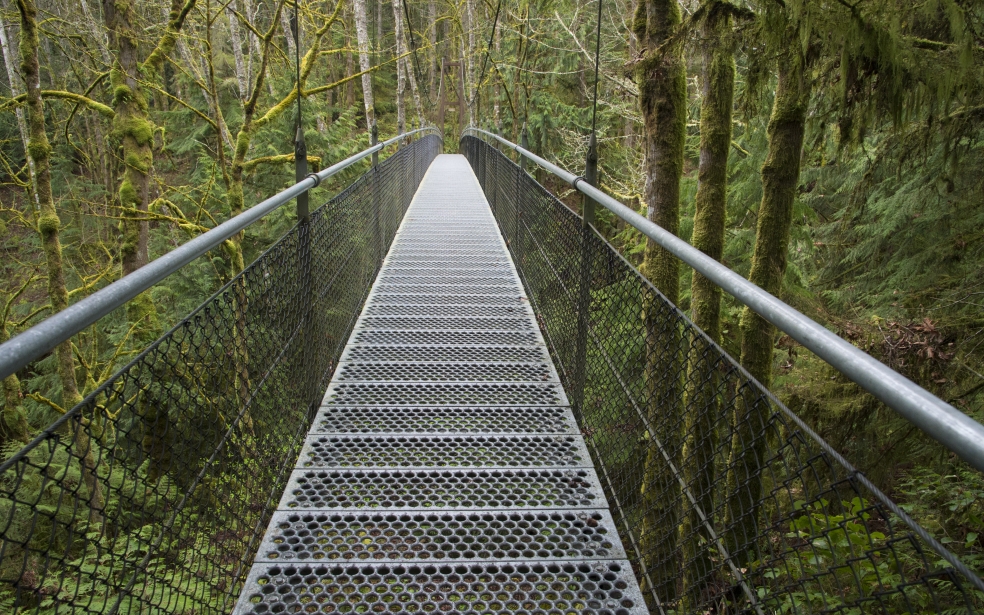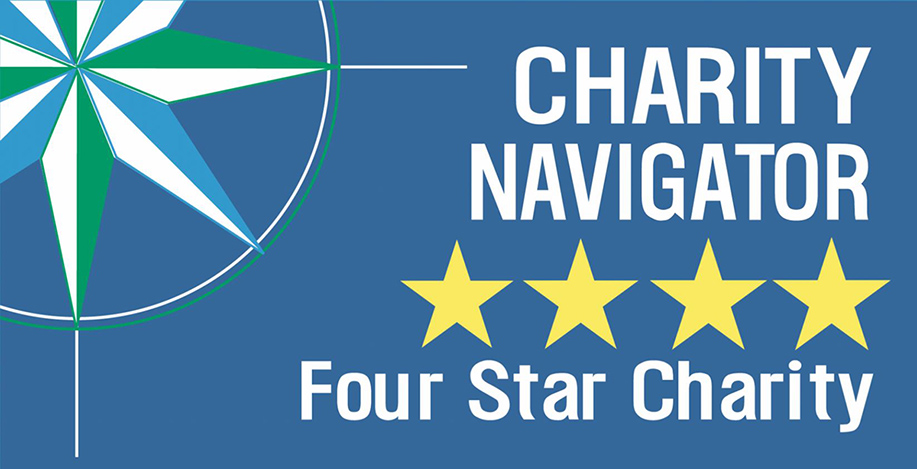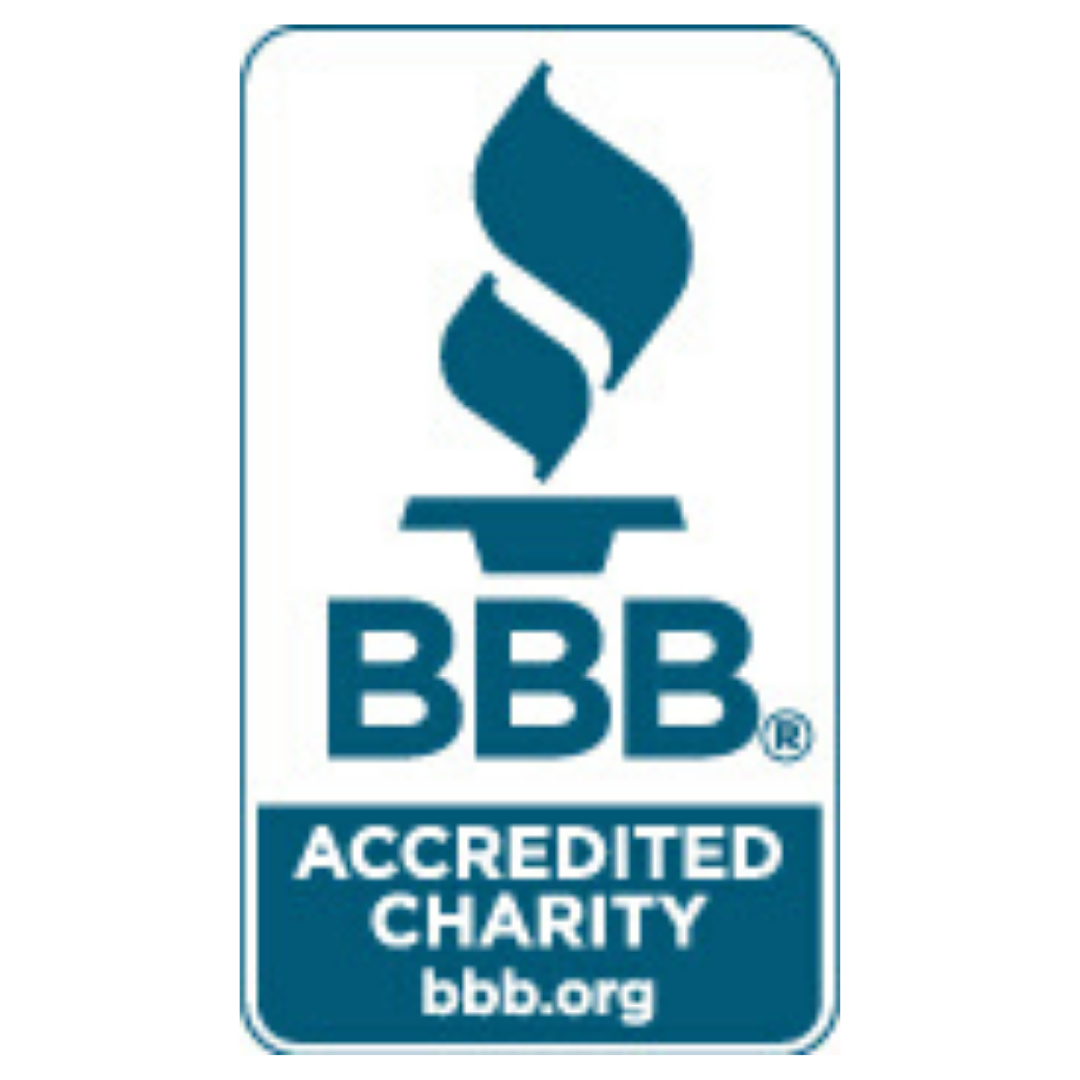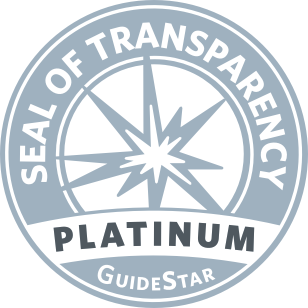In early 2021, we applied for inclusion in The Lawrence Hall of Science and Justice…

Students in IslandWood’s Graduate Program in discussion during a synthesis week.
As part of our commitment to justice, equity, diversity, and inclusion (JEDI), we have increasingly been asking ourselves questions such as, “What does environmental education sound like when you consider JEDI? What does intersectional environmentalism look like in our teaching and learning contexts?”
As a result of those inquiries and reflection, our Graduate Program faculty and staff have continued to adapt and evolve the program over the past few years. One such change came from asking an even more specific question – “What does it mean to teach natural history and ecology through a justice, equity, diversity, and inclusion lens?”
This fall, in alignment with our JEDI priorities, and leaning on the work of others leading this evolution in the field, we made significant changes to our Natural History & Ecology course.
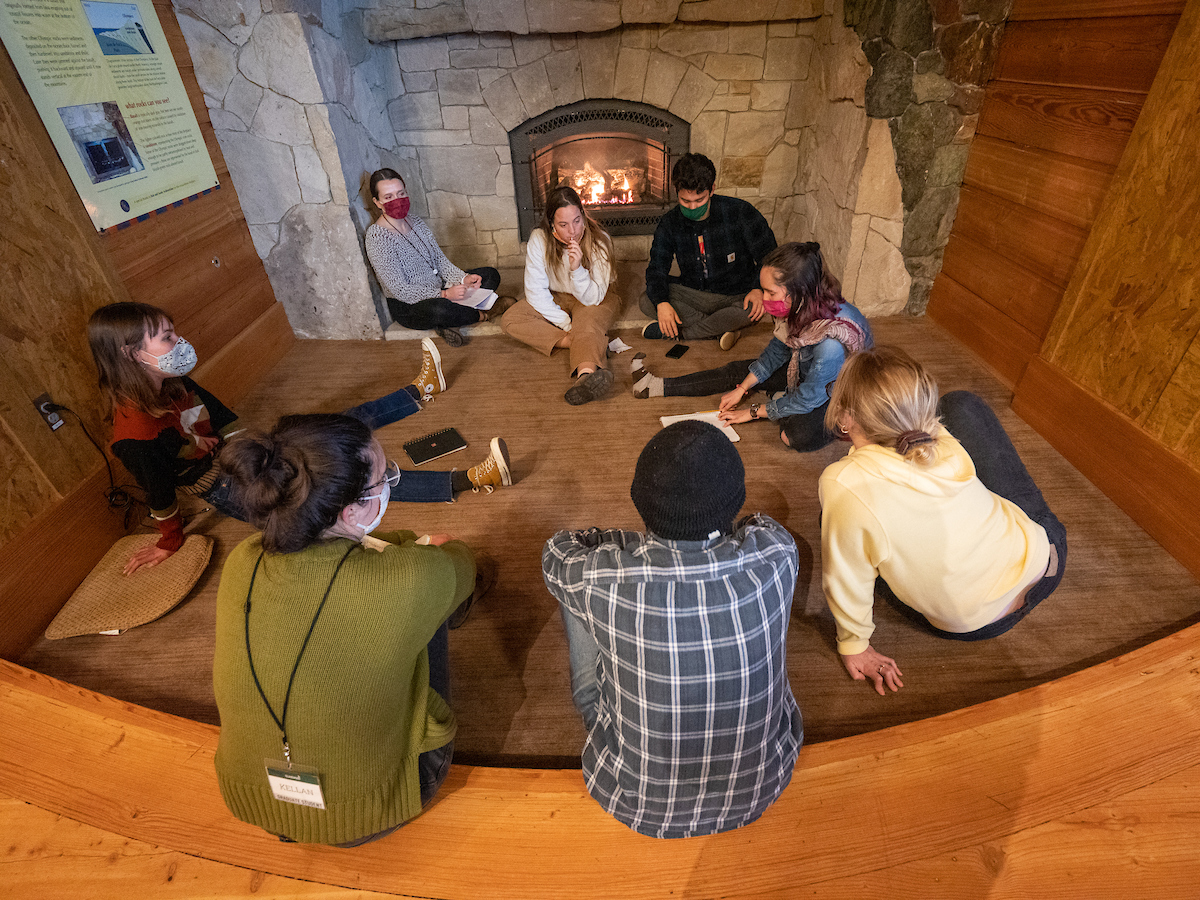
Recent changes to the Natural History & Ecology course were driven by the question – “What does it mean to teach natural history and ecology through a justice, equity, diversity, and inclusion lens?”
Below, our faculty share what has changed in the design of this course, and why.
1. We’re approaching the course with more of an intersectional environmental framework. Intersectional environmentalism is an inclusive approach to environmentalism that advocates for the protection and well-being of people and the planet.
This approach incorporates Kimberlé Crenshaw’s development of intersectional theory, which she describes as, “basically a lens, a prism, for seeing the way in which various forms of inequality often operate together and exacerbate each other. We tend to talk about race inequality as separate from inequality based on gender, class, sexuality or immigrant status. What’s often missing is how some people are subject to all of these, and the experience is not just the sum of its parts.”
2. Traditionally, environmentalism is largely driven by the idea that humans and nature are separate, and in addition, that humans are hierarchically “above” nature – also called human exceptionalism or anthropocentrism. “The shift that we are making is in how we talk about and think about humans and the natural world. Humans are not apart from the natural world, but a PART of the natural world,” says Dr. Déana Scipio, Director of IslandWood’s Graduate Program. “We’re leaning on the work of others, including Dr. Megan Bang, Professor of Learning Sciences and Psychology at Northwestern, and Dr. Ananda Marin, Associate Professor of Social Research Methodology in UCLA’s Dept of Education and faculty in American Indian Studies.
“We want to help rethink our relationships with the natural world so that grad students aren’t learning about natural history and ecology as separate from our connections and relationships to the natural world. Traditional environmental education often leads place-based education in a way that’s about the history of a place without talking about the socio-economic and cultural connections to a place. It might focus, let’s say, entirely on bats, mushrooms, and lichens, but not have any conversations about humans in relationship to the natural world. We want to talk explicitly about humans as part of the environment – the natural world,” says Dr. Scipio. Adding to this, Dr. Priya Pugh, Sr. Faculty for Practicum, shares, “Talking about humans as part of the natural world is an ethical and moral imperative.”
3. “It’s not that we’re going to destroy the planet,” says Dr. Scipio. “It’s that we’re going to make it so humans can’t live here anymore. And so, the conversation we want to be having is about how to be in right relationship with the world.” Dr. Pugh continues that line of thinking, sharing, “And, being in right relationship may look different for different communities. And central to this is elevating the voices and perspectives of Indigenous communities, both locally and globally.”
This way of thinking led to the design of a new curriculum and reading list for the Natural History & Ecology course, redesigned this year by IslandWood instructor, Lydia Geschiere. Of her approach to the reworked course, she says, “Research shows that a lot of young people think humans are inherently destructive, so we must be prioritizing perspectives with our students that demonstrate sustainable nature-culture relationships. When young people can see examples of humans being in right relationship with our planet, then they can grow their imagination around these possibilities in their own communities and understand their role in shaping beautiful futures.”
A partial selection of the redesigned reading list is below.
- Emergent Strategy, adrienne maree brown
- Braiding Sweetgrass, Robin Wall Kimmerer
- Gathering Moss, Robin Wall Kimmerer
- Fresh Bananas Leaves: Healing Indigenous Landscapes through Indigenous Science, Dr. Jessica Hernandez
- Where the Language Lives: Vi Hilbert and the Gift of Lushootseed, Janet Yoder
- Forest Under Story: Creative Inquiry in an Old-growth Forest, edited by Nathaniel Brody, Charles Goorich, and Frederick Swanson
- Learning in Places Framework: Nature-Culture Relations from the Learning in Places Collaborative
- As Long As Grass Grows: The Indigenous Fight for Environmental Justice, from colonization to Standing Rock, Dina Gilio-Whitaker
- Natural History as a Practice of Kinship, Thomas Fleischner
**************
Want to learn more on the topics referenced in this post?
- Read more about how environmental educators can practice intersectional environmentalism in this piece, co-authored by Dr. Scipio
- Listen to Dr. Scipio featured on the Humans of Learning Sciences podcast, talking about how intersectionality, positionality, and humility are pivotal in the graduate student experience in support of environmental justice
- Learn about some of the other ways that justice, equity, diversity, and inclusion show up in the Graduate Program here
- Learn more about IslandWood’s commitment to justice, equity, diversity, and inclusion here
If you haven’t already, subscribe to our newsletter to stay in the know about blog posts, news, and events!

